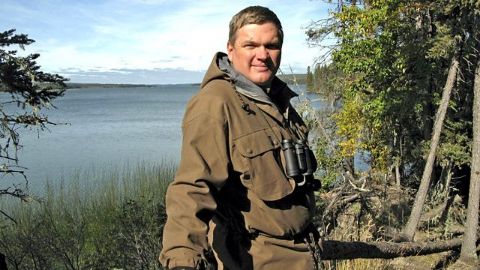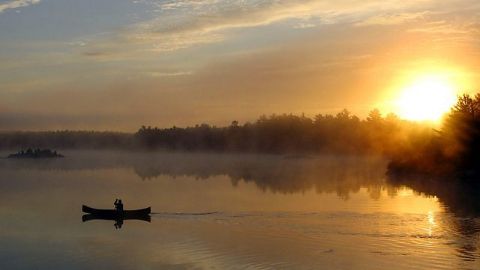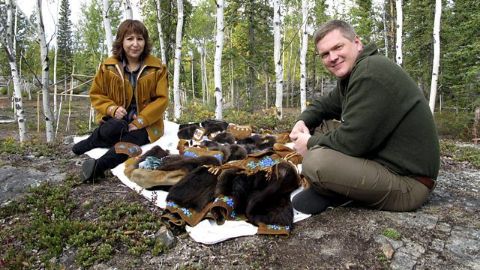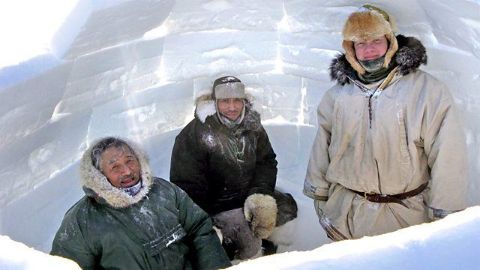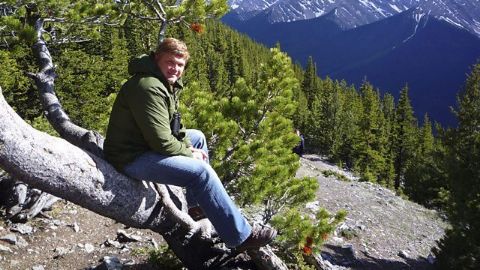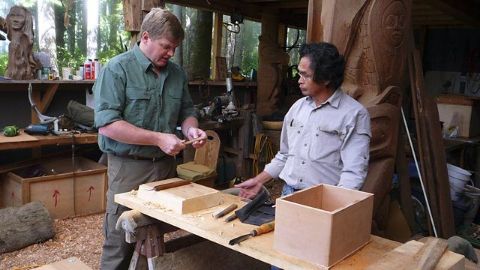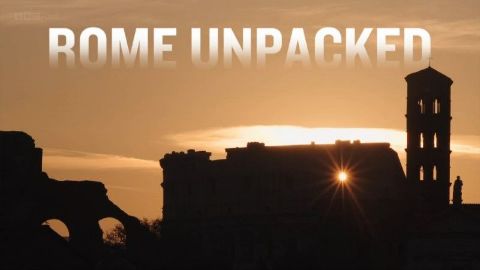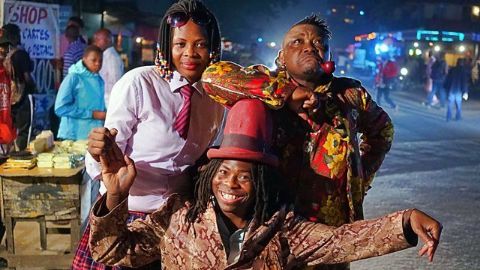Koo Koo Sint: The Star Gazer • 2009 • episode "S1E5" • Ray Mears's Northern Wilderness
David Thompson was a Briton who helped change the face of Canada. He mapped nearly four million square miles of North America. This would be an impressive feat today - in the 1800s it was, quite simply, staggering. Thompson effectively paved the way for trade from coast to coast in Canada, strengthening the status of the country and defining the borders that kept Canada independent from the US. Ray explores Thompson's footsteps across the Rocky Mountains to the Pacific Coast. He draws on a new set of bushcraft skills and local knowledge, and explores the mapping techniques used by Thompson.
Make a donation
Buy a brother a hot coffee? Or a cold beer?
Hope you're finding these documentaries fascinating and eye-opening. It's just me, working hard behind the scenes to bring you this enriching content.
Running and maintaining a website like this takes time and resources. That's why I'm reaching out to you. If you appreciate what I do and would like to support my efforts, would you consider "buying me a coffee"?
Donation addresses
BTC: bc1q8ldskxh4x9qnddhcrgcun8rtvddeldm2a07r2v
ETH: 0x5CCAAA1afc5c5D814129d99277dDb5A979672116
With your donation through , you can show your appreciation and help me keep this project going. Every contribution, no matter how small, makes a significant impact. It goes directly towards covering server costs.
